When you are trying to get your baby to sleep, you may find yourself in an internet deep dive, wondering what on earth “tired cues”, “sleep cues” and “wake windows” all mean and how they actually play into you your baby getting more sleep.
The biggest secret to great baby sleep is preventing overtiredness. Which means that “sleep begets sleep” is true. When your baby is not getting the amount of sleep they need, or they are awake too long before going to sleep, they are more likely to resist going to sleep, take shorter naps, have more night wakings and/or start the day WAY too early.
In this blog post, I’m going to talk about how you can use sleep cues and wake windows to optimize your newborn or baby’s sleep so EVERYONE can get the restorative sleep they need.
Should I follow sleep cues or wake windows?
What are sleep cues?
Sleep cues, or “sleepy cues” as I like to call them, are the signals or cues that your baby gives you that they are ready for sleep. These cues can be tricky to catch and are often confused with “tired cues”, so it’s really important that you know the difference and what to watch for.
Tired Cues
Tired cues are what we think of as the stereotypical signs of being tired. These are usually:
– fussing
– rubbing eyes
– tugging on ears
– avoiding eye contact
– arching back
– getting rigid
– jerky flailing limbs.
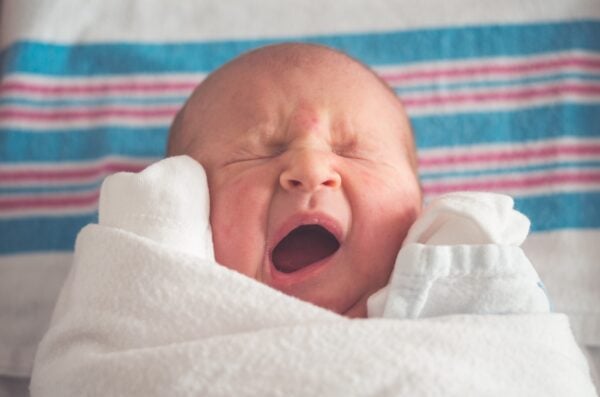
These cues mean you have waited too long to put your little one to sleep and we’ve missed the “sweet spot”. It also means overtiredness is imminent, if not already happening.
Sleep Cues
Sleep cues, on the other hand, happen before tired cues and are the first sign that your baby is ready for sleep. Sleep cues look like:
– eyes staring off into the distance
– calm still peaceful demeanor
– subtle yawn
– reddish hue on eyebrows and eyelids
What are wake windows?
Wake windows are the length of time your baby is awake between when they wake up from sleep (first thing in the morning or a nap) and when they go to sleep again (for a nap or bedtime).
Wake windows are calculated from the time your baby wakes up until they go to sleep again. So this includes feeding. It also includes the time your baby may spend putting themselves to see (or the time you spend trying to put them to sleep).
For example, if your baby wakes from their nap at 10:00 am, and then you start getting them ready for their next nap at 11:36 am and put them in their crib at 11:45 am, and they fall asleep at 12:00 pm, the wake window was from 10:00 am to 12:00 pm, so it was 2 hours.
Wake windows are not science-based. They are based on averages, but can still be helpful in trying to figure out the best time for your little one to go down for their nap or at night for bed.
Here are the average wake windows based on age:
| Age | Number of naps per day | Wake Window between naps | Wake Window before bed |
| 0-3 months | 4-7 | 60-90 min | 1-2 hours |
| 4 months | 4 | 90 min | 2 hours |
| 5 months | 3 | 2 hours | 2.5 hours |
| 7 months | 2 | 2-3 hours | 4 hours |
| 14 months | 1 | 5 hours | 5 hours |
It’s really important to remember that every baby is unique and that these are just averages. Some babies do better with longer wake windows for their age, and others do better with shorter wake windows for their age.
Also, you will notice that in the above chart, the wake window before bed is longer than the wake windows between naps. This is because most babies do better with wake windows that get longer as the day goes on. However, that doesn’t mean EVERY baby does best with this.
I recommend using age-based wake windows as a guide or starting point and then tweaking them based on what seems optimal for YOUR baby.
Should I follow sleep cues or wake windows?
The very best way to determine when your baby is ready for sleep is to use sleep cues AND wake windows!
This looks like paying attention to the clock as well as your baby. As you get close to the end of what the age-based wake window is, start paying very close attention to your baby and look for sleep cues.
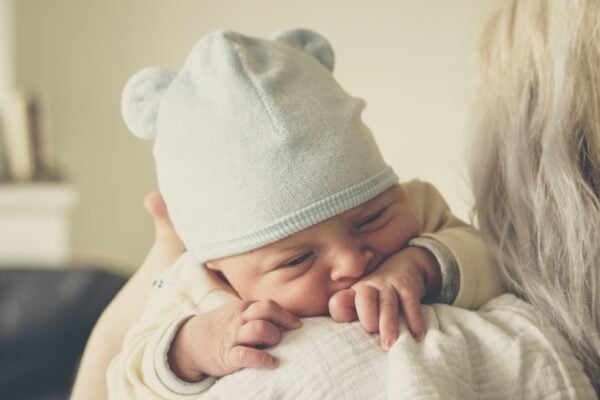
For example, if your baby is 5 months old, then around 90-110 min after their last nap, be on the lookout for sleep cues. As soon as you see one, you know it’s time to get them to sleep.
As you are learning what works best for your baby, spend a week or so documenting the wake windows that end up happening as well as your observations of your baby’s temperament leading up to nap/bed as well as after they wake up.
Then, use this data to determine what seems to work best for your little one. You may notice that they do better with a shorter-than-average wake window before bed, or overall they do better with longer-than-average wake windows.
You then can use this information to determine what your baby’s nap schedule should be.
Now, if you are noticing things like your baby showing sleep cues VERY early into a wake window, or that it is quite difficult to get them to sleep when you think you are using their optimal wake windows, then let’s hop on a consult call! There are lots of pieces to the puzzle and in a quick 30 or 60 minute call we can help you figure out what’s going on and how to optimize your baby’s sleep schedule.
Recap on sleep cues and wake windows
Sleep cues and wake windows are best used together when trying to figure out the optimal time for your baby to sleep, and to get them on a solid sleep schedule.
Every baby is different, so tuning in, documenting, and collecting data are the best ways to figure out what’s best for your baby.
If you are looking for more support and advice around naps and getting on a solid sleep schedule, we can always hop on a call, or you can grab my FREE napping guide! I go into detail about nap sleep regressions, lengthening naps, and dropping naps. Get it here, and happy napping!
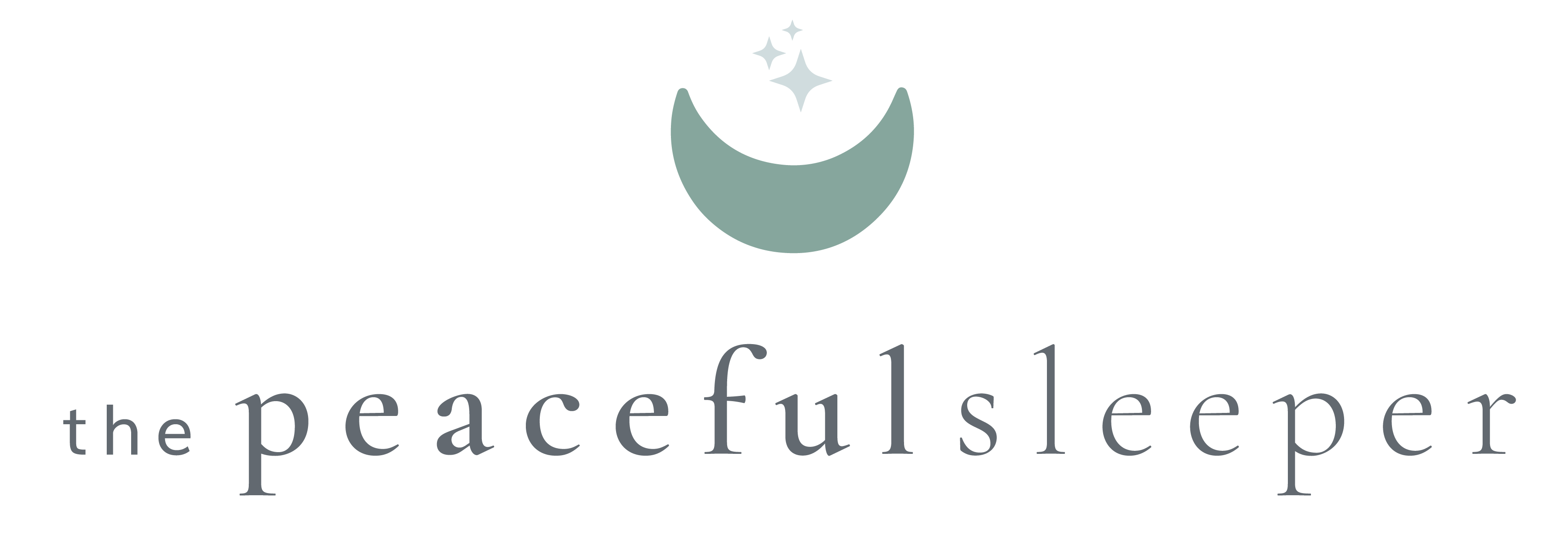
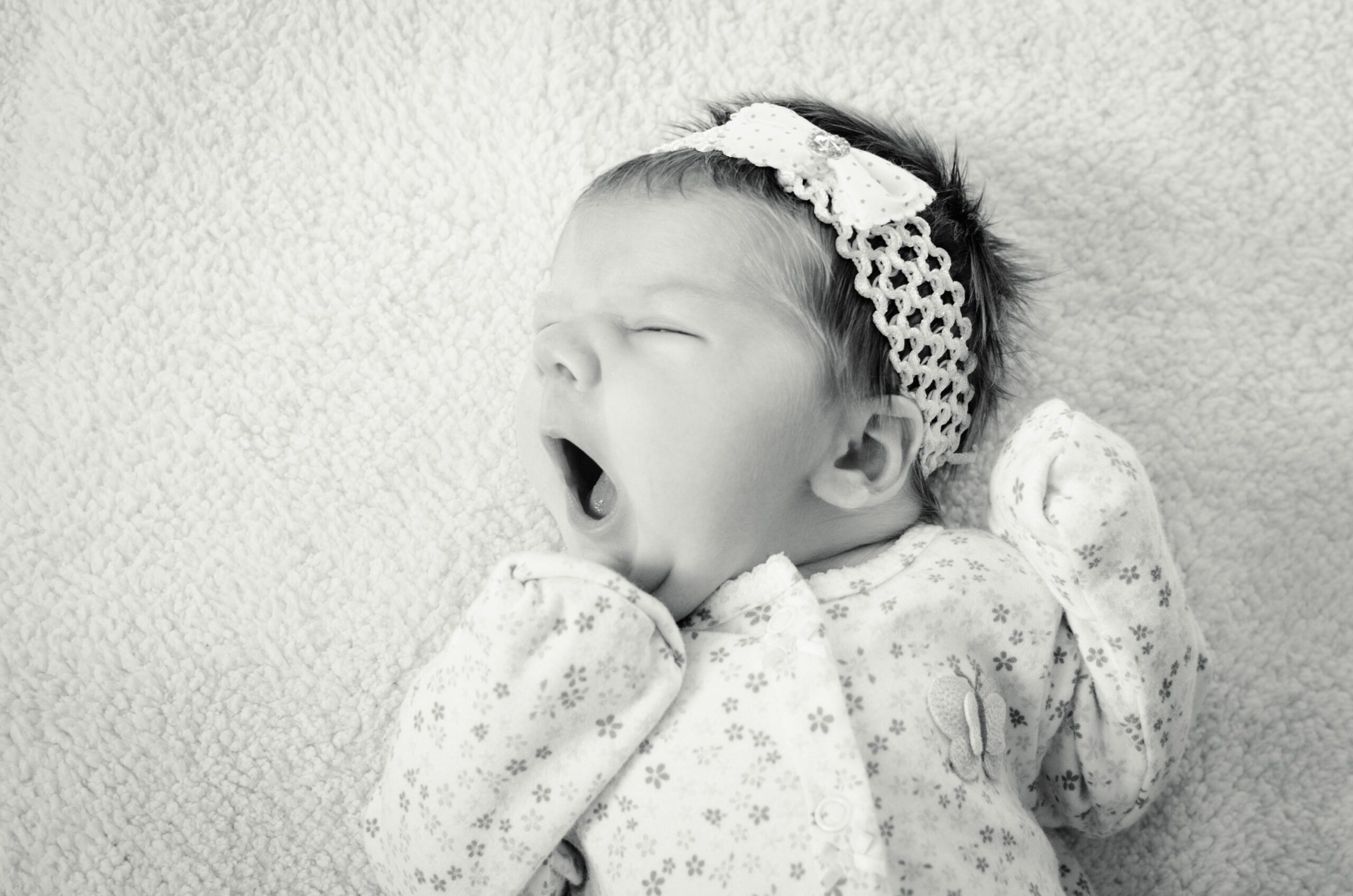
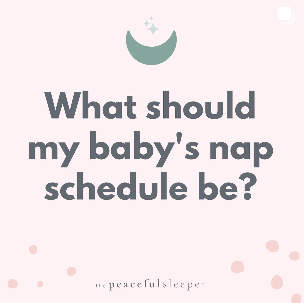
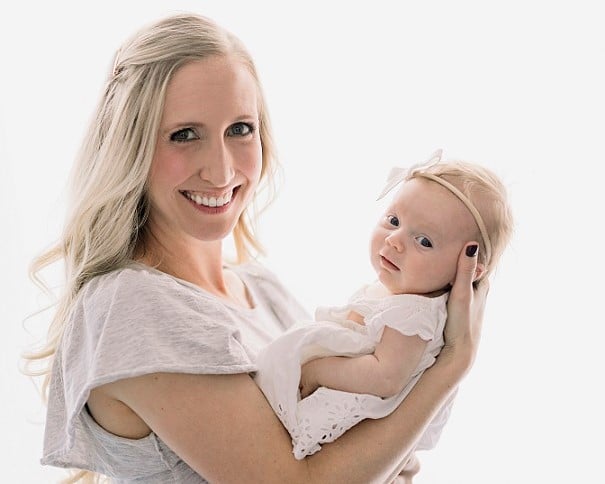
0 Comments